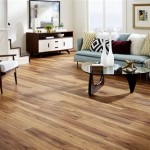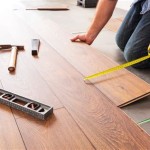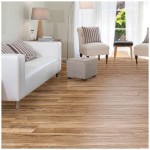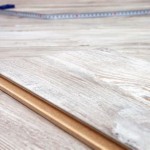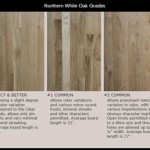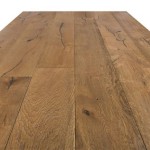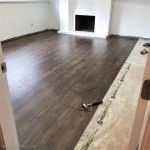The Essential Aspects of the Solid Wood Flooring Hardness Scale
When selecting solid wood flooring for your home, it's crucial to consider its hardness. The Janka Hardness Scale is a widely recognized standard for measuring the resistance of wood species to denting and wear. Understanding the scale's implications can help you choose a flooring that meets your specific needs and lifestyle.
Understanding the Janka Hardness Scale
The Janka Hardness Scale measures the force required to embed a steel ball of 0.444 inches in diameter into the wood. The higher the Janka value, the harder the wood species is considered to be. The scale ranges from 0 (extremely soft) to 4,000 (extremely hard).
Impact on Durability and Longevity
Harder woods naturally resist scratches, dents, and other forms of damage better than softer woods. This enhanced durability translates into a longer lifespan for your flooring. For areas with high foot traffic, such as hallways and living rooms, choosing a harder wood species is highly recommended.
Influence on Maintenance and Repair
Harder woods are more resistant to surface damage, which means they require less maintenance and repair. They are less likely to show scratches and dents, saving you time and money on upkeep. Scratches or dents on softer woods, on the other hand, may require sanding or refinishing to restore their appearance.
Aesthetic Considerations
The hardness of the wood can also influence its appearance. Harder woods tend to have a tighter grain structure, resulting in a more uniform and subtle pattern. Softer woods, with their looser grain, may exhibit more prominent and varied grain patterns.
Choosing the Right Hardness for Your Needs
Determining the ideal hardness for your flooring depends on several factors, including the specific room, traffic patterns, and your lifestyle. For example, a dining room with occasional use may be suitable for a softer wood species (Janka value below 1,000), while a busy living room with pets and children would require a harder wood (Janka value above 1,500).
By understanding the Janka Hardness Scale and its implications, you can make an informed decision when selecting solid wood flooring. Choosing the right hardness level will ensure a durable, long-lasting, and visually appealing floor that meets your specific needs and enhances the beauty of your home.

Janka Hardness Scale Superior Flooring

Janka Hardness Scale Impressions Flooring Collection

Essential Guide To Hardwood Floor Hardness Flooring S

Janka Wood Flooring Hardness Chart

Hardwood Hardness Chart Floor Depot

Janka Scale A Step Above Flooring Installation Inc

The Janka Scale Blog Kt Hardwoods Inc
How Can One Determine If A Piece Of Wood Is Hardwood Or Softwood Are There Any Simple Tests That Be Done At Home Quora

Understanding Janka Rating How Hard Can It Be Oshkosh Designs

What Is Janka Hardness And Why Does It Matter Anthology Woods
Related Posts


